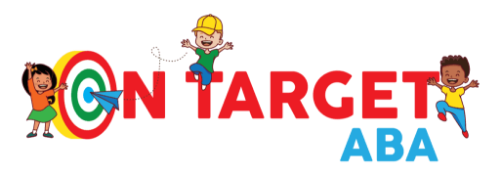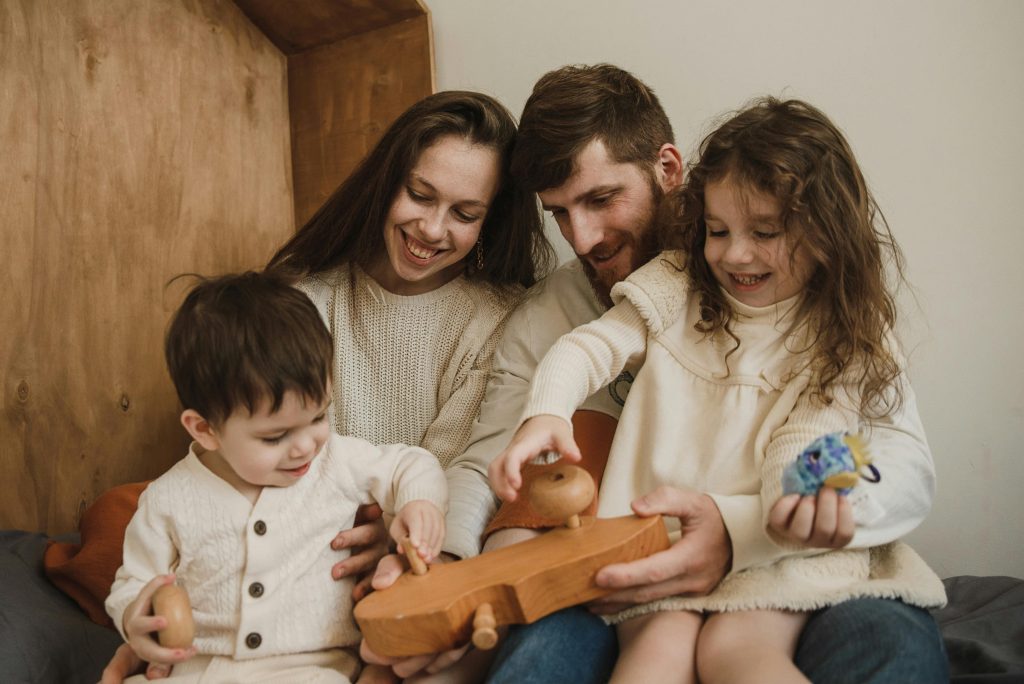🧠 AI Summary:
This blog explores the growing demand for in-home ABA therapy and why families are embracing it as a flexible, effective way to help children with autism thrive. Readers will learn how home-based therapy strengthens family involvement, supports generalization of skills, and complements center-based programs. The article highlights On Target ABA’s compassionate, individualized approach to in-home services—helping children make meaningful progress where they feel safest: home.
Introduction: Where Comfort Meets Progress
Every home tells a story—laughter in the kitchen, toys scattered in the living room, bedtime routines that feel familiar and safe. For many families, this environment is also where real learning happens.
That’s why in-home ABA therapy is becoming one of the most requested forms of autism support. It blends the science of Applied Behavior Analysis with the warmth and comfort of a child’s daily environment—helping skills grow naturally and confidently.
At On Target ABA, we’re proud to bring therapy home to families who want structure, consistency, and compassion in the place their child feels most secure.
What Is In-Home ABA Therapy?
In-home ABA therapy delivers the same research-based techniques used in clinics—but within a family’s own environment.
A Registered Behavior Technician (RBT) works 1:1 with the child under the supervision of a Board Certified Behavior Analyst (BCBA), focusing on individual goals such as communication, social skills, and independence.
This approach helps:
- Integrate therapy into daily routines
- Improve family engagement
- Generalize skills more effectively across settings
In other words, learning doesn’t end at the therapy center—it expands to every corner of home life.
Why Families Are Choosing Home-Based ABA
1.Comfort and Familiarity Build Confidence
Children often learn best in environments they already know. The home setting reduces sensory stress and encourages authentic behavior—leading to faster progress.
2.Family Involvement Creates Consistency
Gone In-home therapy invites parents, siblings, and caregivers into the learning process. Families observe techniques firsthand and continue them throughout the week, ensuring skill reinforcement between sessions.
3.Flexible Scheduling and Convenience
Therapy adapts to family life—not the other way around. No commute, no waiting rooms—just meaningful time together.
4. Natural Environment Learning
Everyday moments—mealtime, playtime, or bedtime—become opportunities to teach communication, self-help, and emotional regulation in real time.
The Power of Generalization
One of ABA’s biggest goals is generalization—the ability to apply learned skills in new places and with different people.
For example:
- Saying “please” in therapy → using it naturally at home.
- Sharing toys with an RBT → sharing with siblings.
- Asking for a snack in session → asking Mom during lunch.
In-home ABA therapy ensures that growth isn’t limited to sessions—it becomes part of everyday living.
Parents as Partners in Progress
Parent collaboration is central to On Target ABA’s home-based programs. Our therapists coach caregivers to model techniques, track behaviors, and celebrate wins.
Parent training sessions may include:
- Reinforcement strategies at home
- Handling transitions and routines
- Managing challenging behaviors with consistency
- Encouraging communication and self-advocacy
💙 When parents and therapists work hand in hand, progress accelerates—and families feel empowered to support their child long-term.
Evidence-Based Practices That Work
On Target ABA uses structured yet compassionate methods to make therapy effective and enjoyable:
- Natural Environment Teaching (NET) – learning through play and real situations
- Ensure Discrete Trial Training (DTT) – breaking complex skills into small, teachable steps
- Pivotal Response Training (PRT) – motivating children through interests and choices
- Functional Communication Training (FCT) – replacing frustration with communication
Every program is uniquely tailored to a child’s strengths, needs, and pace.
The On Target ABA Difference
What makes our in-home ABA therapy stand out?
✨ Collaboration: Parents, therapists, and BCBAs communicate daily to align goals.
✨ Personalization: Every plan reflects each child’s abilities, environment, and family dynamics.
✨ Compassion: Our therapists bring warmth, patience, and joy into every session.
✨ Progress Tracking: Data collection ensures strategies are working—and evolving with each success.
Whether a child starts in-home or transitions from a center, On Target ABA ensures therapy fits life—not the other way around.
Conclusion: Learning Begins at Home
Home isn’t just where we live—it’s where we learn who we are.
With in-home ABA therapy, families see progress unfold in familiar spaces, surrounded by love, comfort, and confidence.
At On Target ABA, we’re honored to help children grow stronger every day—one step, one word, and one smile at a time. 💙

